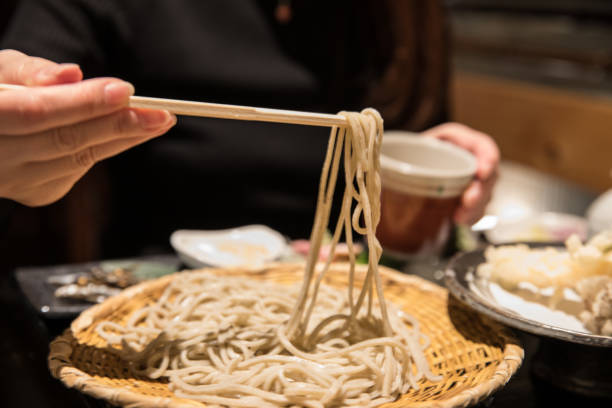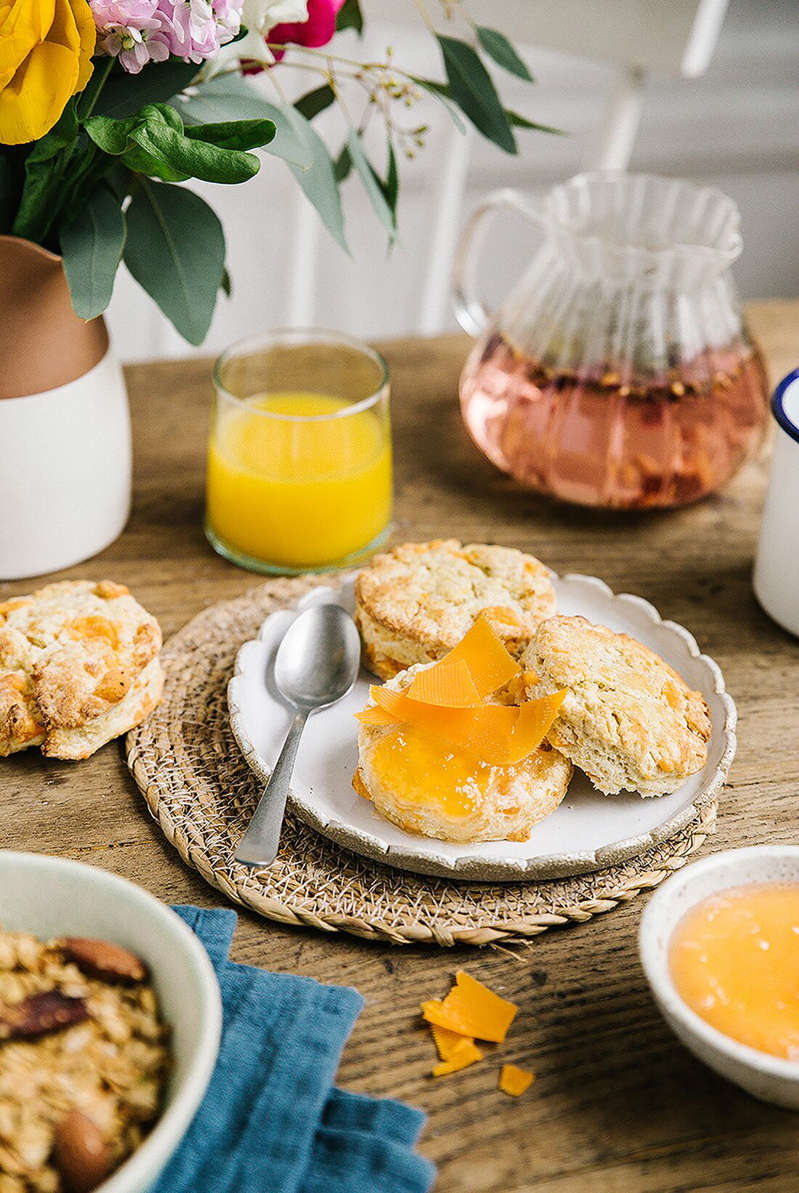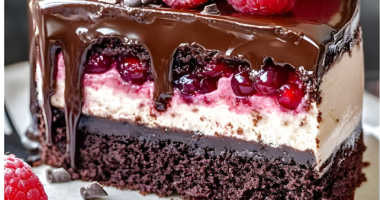Would you lack inspiration for the meal? To vary the flavors and make your taste buds travel to Japan, we invite you to discover soba noodles: these delicious buckwheat pasta cooked in salad, broth or wok should make you salivate with pleasure. In the kitchen!
Composed of buckwheat (or sobako), soba noodles are among the most consumed pasta in Japan along with udon (made with wheat flour) and ramen (Chinese noodles composed of wheat flour and eggs). Discover our tips and recipes to know everything about this delicious dish and offer your taste buds a culinary journey to the land of the rising sun.

What are the nutritional advantages of soba noodles?
Soba noodles are low in calories and the buckwheat they are made of is rich in protein and soluble fiber that act as natural appetite suppressants. Buckwheat flour is also suitable for a gluten-free diet (provided you do not mix it with wheat flour at the time of noodle preparation). Some varieties of pasta are flavored with green tea or matcha tea for even more flavors.

How to prepare fresh soba noodles like a chef?
Making soba noodles yourself is not usual and requires patience and dexterity. In Japan, fresh noodles are eaten almost exclusively in traditional restaurants where they are prepared to order as and when requested because they are much better fresh and have a special aroma that differentiates them from commercially purchased dry pasta. On average, 30 to 40 minutes of preparation are necessary, but the result is worth it!

The preparation steps:
- Traditionally, it is necessary to pour into a large bowl 80% of buckwheat flour for 20% of wheat flour and then add water very gradually until you get a ball of dough (about 125 g of water per 200 g of buckwheat flour and 50 g of wheat flour).
- The dough is then spread in the shape of a rectangle then folded on itself and spread again several times: do not hesitate to add flour if necessary for a non-sticky result: the dough must be dry and covered with flour at the time of cutting and be 2 mm thick.
- The rectangle of dough is then covered with a large cutting board (or a soba guide) that must be slid 2 mm as you cut with a large knife called a Kiri soba knife (or a sharp blade).
- For cooking, the noodles are immersed for 30 seconds in a pot of boiling water and then transferred to a basin of ice water. It’s ready!

How to consume soba noodles?
Hot, soba noodles can be enjoyed plain or accompanied by tempura, meat, mushrooms, or sautéed vegetables, all-around good sake! They can also be eaten cold in salads with soy sauce, wasabi, and a topping of nori seaweed for example!
Did you know? According to custom, soba noodles should not be eaten in small bites as we are used to doing but should be sucked in loudly! This allows both to cool the noodles and to benefit, like good wine, from all their aromas.

Don’t miss interesting posts on Famousbio









